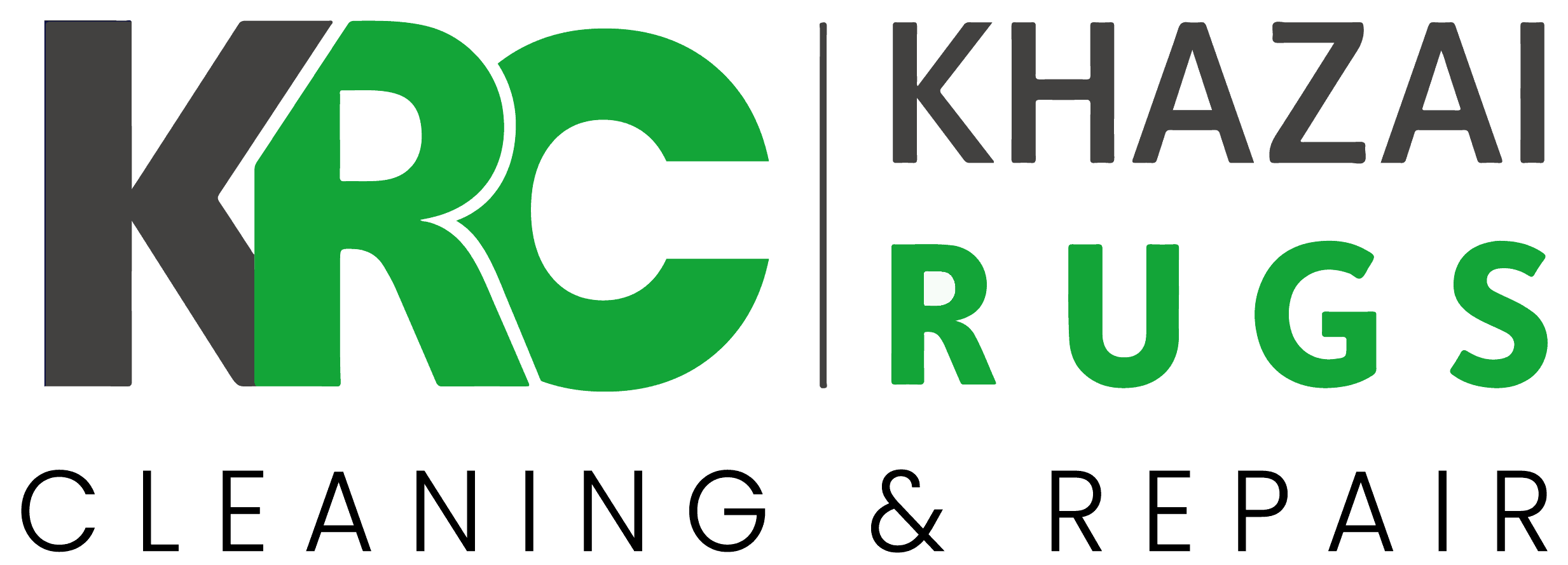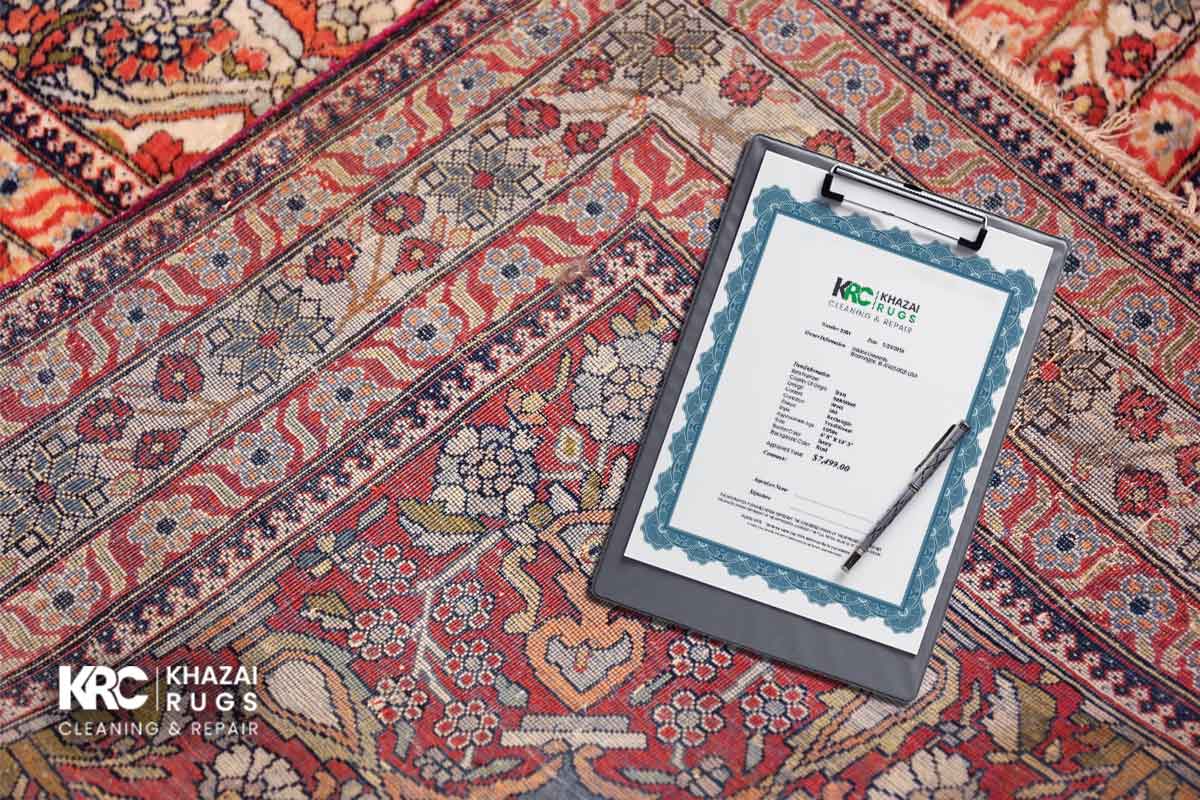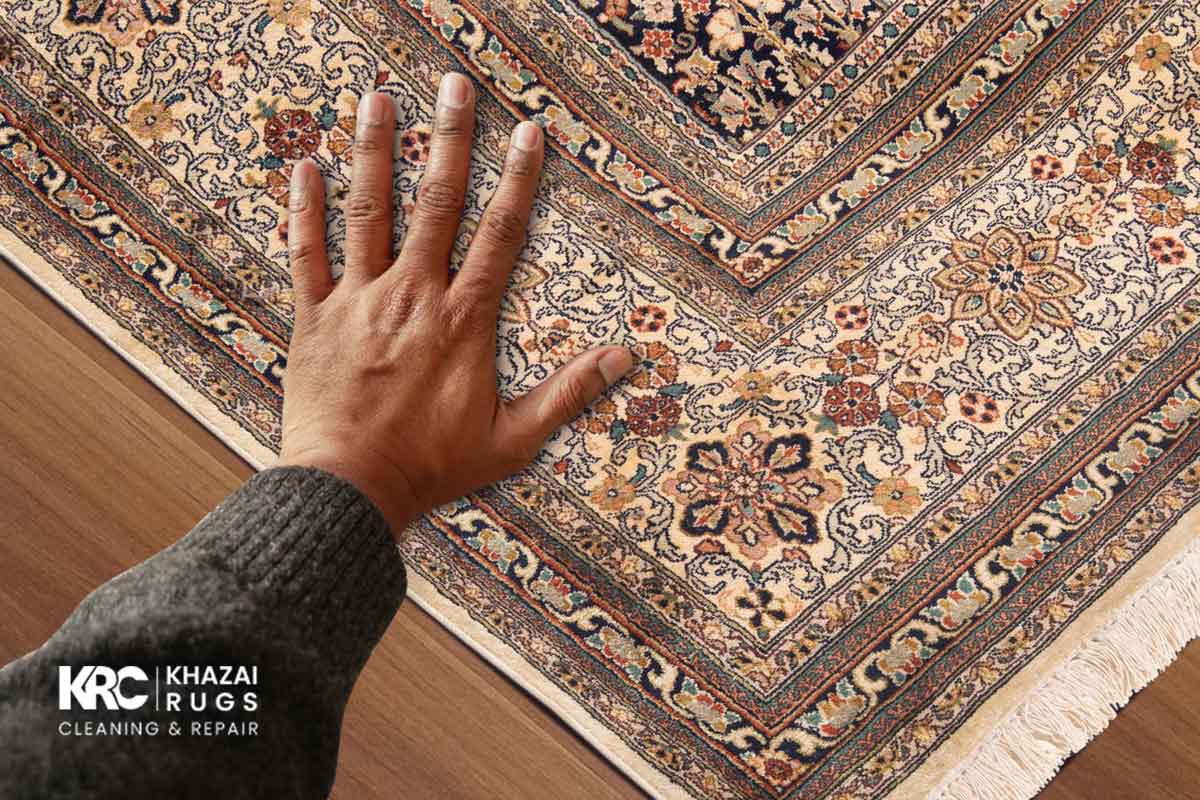Rugs carry stories, memories, and sometimes a good chunk of value. If you’re planning to get your rug appraised, insured, or even sell it someday, you’ve got to keep a clear record. That’s what this guide is about. It’ll walk you through exactly how to document a rug in a way that’s easy and useful. We’ll talk about why it’s important, how to do it step-by-step, how to organize everything, and when you should update your info. It’s not hard—but it’s something a lot of people forget to do until it’s too late. Let’s make sure you’re not one of them.
Why Proper Rug Documentation Matters
Keeping records about your rug might sound boring, but it actually helps a lot. Insurance companies need proof if something happens to it. Appraisers need background info. And buyers? They want to know they’re not getting scammed.
If your dog has an accident, our Rug Pet Stain Removal Service can help. But for insurance to cover it, you’ll probably need documents. The same goes if the rug gets damaged by water, smoke, or pets. That’s why we also offer Rug Repair Service—but insurance still wants to see the history.
Let’s say your home suffers unexpected damage. You’ll want to make sure your rug is covered. Having proper documentation can save you time and stress. You won’t be scrambling to find info or prove the rug’s value. Everything will be ready to go.
Want to sell the rug someday? Good records can raise the price. People pay more when they know what they’re getting. So, learning how to document a rug is really about protecting its value and your peace of mind.
Rugs are also sentimental. They can be passed down, shared, and loved by generations. Documenting them helps tell their story. And stories add value, both emotional and financial.
Step-by-Step Guide to Documenting Your Rug
Here’s how you do it, step by step:
1. Take Photos
Use natural light and take pictures of the whole rug. Get close-ups of the pattern, edges, back, and tags if it has any. The more, the better. If the rug has any flaws or wear, photograph those too. Full transparency helps when it comes to insurance or selling.
2. Write Down the Basics
Things like size, color, material, where it came from, and how old it is. If your grandma gave it to you, write that down. Those details matter. Even small notes like “stored under a bed for ten years” can give appraisers or buyers helpful context.
3. Get an Appraisal
We offer an official Rug Appraisal Service at Khazai Rug Cleaning. This gives your rug a real value, which is helpful for both insurance and resale. Having that paper in your files makes everything easier down the road.
4. Keep Receipts and History
If you bought the rug, keep the receipt. If it’s been in the family, write a little note about who had it and when. A simple handwritten history or a typed note works fine.
5. Track Cleanings and Repairs
Every time you get a Rug Repair Service or a Rug Cleaning Service, write it down. This shows that you’ve taken care of it. It’s like a car’s maintenance log—it proves the rug’s been cared for properly.
6. Include Any Certificates or Labels
If your rug came with any certificates of authenticity or special tags, keep those with your documentation. Take a photo of them too. These can really help validate its value.
Knowing how to document a rug just means treating it with the same care you’d give something valuable. Because it is, think of it as creating a mini biography for your rug.
Organizing and Storing Your Rug Documentation
Now that you’ve collected all the info, keep it somewhere safe.
Go Digital and Paper
Save your photos and notes on your computer or phone, but also print copies and put them in a folder. It’s smart to have backups. Use cloud storage in case your device crashes.
Use Labels
If you have more than one rug, label each file with the rug’s name or a short description so you can find things fast. Example: “Red Persian Living Room Rug.”
Include Storage Details
If the rug is in storage, write down where and how you stored it. Our Rug Storage Service helps keep rugs safe with the right conditions so they don’t get damaged over time. Write down whether it’s rolled or folded, what type of wrap was used, and the climate of the storage space.
Keep It All in One Place
A binder works. A digital folder with everything scanned and named works too. Just don’t leave things scattered across emails, sticky notes, and hard drives.
The better you organize things, the easier your life gets. And the easier it is for others too, in case someone else inherits or buys the rug. Learning how to document a rug isn’t just helpful for you—it makes things clearer for everyone.
When to Update Your Rug Documentation
You’re not done after one round of paperwork. Rugs change over time. They get cleaned, repaired, or even passed down. Their value might increase. Their condition might shift. Keeping the record up to date is important.
Every time your rug gets cleaned or fixed, update your notes. Our Rug Repair Service and Rug Cleaning Service are good chances to take new photos or update the condition. If something’s been restored, make a note. A before-and-after photo can help show the care it received.
If your rug’s value changes or you think it needs a new appraisal, update that too. Markets shift, and something that was worth a little might now be worth more. Knowing how to document a rug means keeping the info fresh—not just doing it once and forgetting about it.
Also, if the rug changes owners—maybe you gift it, maybe you sell it—add that to the record. Make a note of the date and the new owner’s name. It keeps the rug’s story going.
One more thing: if your rug is ever involved in a claim or accident, write it down. That way, there’s a record of what happened and how it was handled.
Final Thoughts
Now that you know how to document a rug, you’re ahead of the game. Most people don’t do it until it’s too late. But it’s simple and doesn’t take long if you just start small.
At Khazai Rug Cleaning, we’ve been helping people care for rugs for years. From deep cleaning to repair and everything in between, we’re here to help. We’ve seen how good documentation makes a big difference.
Whether your rug is a family treasure or just a really nice find, giving it a little extra attention with documentation can make a big difference. Snap some photos. Write a few notes. Keep everything in one place. That’s it.
Start now. Take five minutes today to gather what you can. You’ll thank yourself later. Learning how to document a rug isn’t just about paperwork—it’s about caring for something that matters.
You’ve got this. And if you ever need help, you know where to find us.




